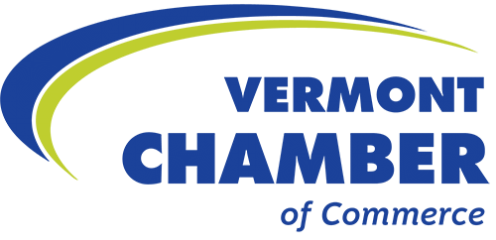Study Reveals Path to Improve Vermont Education Quality While Reducing Costs
A new report for the Vermont Legislative Joint Fiscal Office by Picus Odden & Associates suggests that Vermont has opportunities to enhance education quality while also reducing costs. The study uses an Evidence-Based (EB) Model that identifies the resources and programs needed to boost student performance and create a high-performing school system. The authors have used this model in over 20 states over the past 26 years.
Key Findings
- Vermont is currently spending more than the estimated cost of providing an adequate education. Vermont currently spends $400.4 million to $426.7 above the estimated cost of providing an adequate education. This gap points to potential savings without compromising educational quality.
- Underpopulated schools and districts: Vermont’s many small schools and districts likely drive up per-pupil costs due to diseconomies of scale.
- Central Office Staffing: The study notes that some districts may have more central office staff than necessary based on national prototypes.
- Instructional Aides and Special Education: Vermont’s heavy reliance on paraprofessionals, especially in special education, may increase costs without improving outcomes, as research suggests limited impact on student performance.
- The EB Model identifies several areas where strategic investments can improve educational quality and better prepare students for the workforce.
- Modernized Career and Technical Education (CTE): High-quality CTE programs aligned with workforce needs can prepare students for high-skill, high-wage jobs, contributing to a stronger workforce and reduce long-term retraining costs.
- Full-day kindergarten: Full-day programs enhance academic achievement, reduce grade retention, and increase maternal employment, all of which contribute to positive economic and social impacts.
Report Recommendations
- Evaluate Spending: Review current practices to identify cost-saving opportunities in line with EB Model suggestions.
- Focus on Proven Investments: Prioritize funding for initiatives with a strong track record of boosting educational outcomes and workforce readiness.
- Consider District Structure: Reassess school district organization and tuition policies to optimize costs and quality.
The study provides a valuable framework for Vermont policymakers and stakeholders to engage in informed discussions about balancing educational costs, taxes, and workforce development in the upcoming year.
RECENT HOUSING NEWS




